Dubrovnik is a beautiful city with an illustrious past. Its long history is a good reflection of the ebb and flow of empires, creation of countries, as well as the changes in global trading activities, through the ages.
Formerly Greek and Roman settlements, the city of Ragusa was founded in 7th century. About this time Croats formed the town of Dubrovnik nearby. The two towns combined to become the city of Ragusa. The official name would remain that until 1808, then becoming Dubrovnik. Both names had been used for centuries.
The city expanded considerably as part of the Byzantine Empire through the 12th century. The Venetians, considering Dubrovnik as a competitor to their dominance, invaded and took control in 1205, staying until 1358. The city was rebuilt after a 1296 fire, the ramparts and other buildings survived and remain to this day. The Republic of Ragusa in 1358 had become a city state with great independence. However, during the following centuries it remained under the influence of Hungarian or Ottoman sovereignty. Annual tributes were paid to remain virtually independent and be provided with military protection. This was how a city state could survive during wars between competing empires. It also allowed waring nations to trade using a third party. The Republic increased its borders during this period, including several of the large islands along the coast.
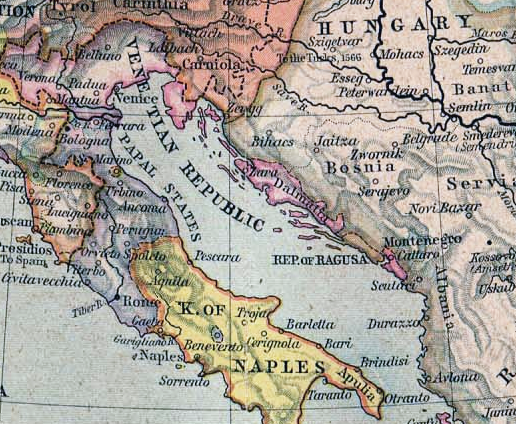
The economic wealth of the Republic was mainly based upon trade and diplomacy. On the border of Christianity and Islam, the Republic kept its neutral status to promote trade with all countries and regions. The Republic’s huge merchant shipping fleet travelled freely around the world. In 1395 maritime insurance laws were put in place by the City. The fleet sailed under a white flag featuring the word “Libertas” (freedom), created when slavery was abolished in 1418. The Republic was at its peak in the 15th and 16th centuries. This was based principally on the trade through the Mediterranean from the East. Exports from the salt flats just north of the City (that still exist today) were also very important.
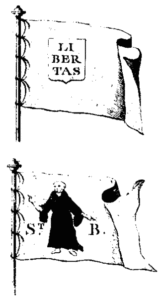
However, the world was changing. The shipping route around the Cape of Good Hope had been found. About the same time, the wealth and shipping fleets of England and the Netherlands had been growing. This diverted trade from the East away from the Mediterranean to ocean shipping routes. This was slowly but steadily diminishing the importance of the Venetian and Ragusan fleets. Ragusa tried to compete, setting up consulates throughout the world, but the wealthier nations became too strong.
Then the earthquake hit in 1667. The City was significantly destroyed, with thousands of deaths. However, the city walls remained standing. Being 4-6 meters (13-20 feet) wide and up to about 16 meters (50 feet) tall probably helped. This earthquake had a significant detrimental effect on the whole Republic, just at a time it was trying to adjust to the new world order. In 1699 it was forced to sell 20 Km (12 mile) of coastline north of Dubrovnik to the Ottoman Empire (the Neum corridor). The Ottomans controlled Bosnia to the East, which was landlocked. Ragusa wanted protection from the advancing Venetians. The Ottomans needed coastline to land troops.
With the Republic in a weakened condition, 1800 brought more problems. The Republic was forced to ask the help of Napoleon to protect the city against the bombardment of the Russian/ Montenegrin forces.
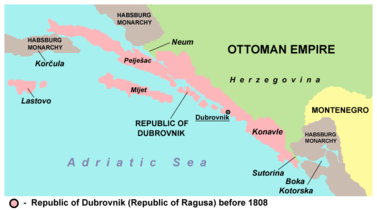
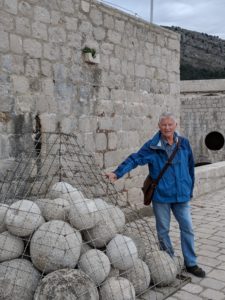
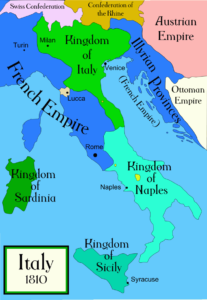
Although promising not to enter the city, the French eventually took control, and the Republic ended in 1808, when it was merged into the Napoleonic Kingdom of Italy. 1815 saw it pass into the Austro-Hungarian Empire. After World War I, Dubrovnik became part of Croatia which itself was part of the Kingdom of Serbs, Croats, and Slovenes. Although Italians and Germans took control during World War II, the state of Yugoslavia was created after the war.
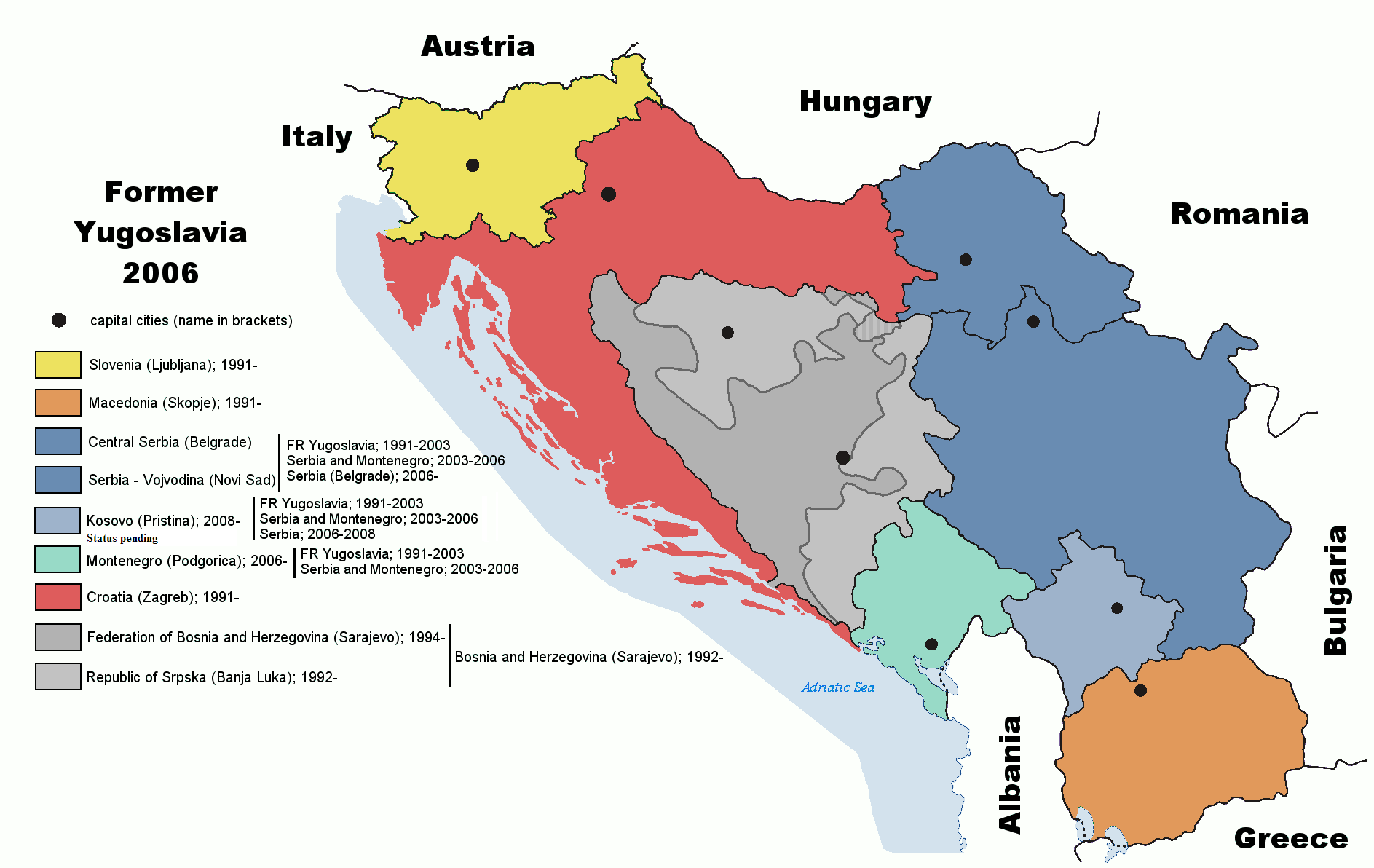
In the 1970s Dubrovnik became a demilitarized and UNESCO site. With the breakup of Yugoslavia, Croatia announced its independence in June 1991. Despite its non-strategic position, the Serbian forces of the Yugoslav army started a bombardment of Dubrovnik in October 1991. This latest 7 months and damaged almost 60 percent of the buildings. It was relieved in 1992 by Croatian forces. After the end of the war in 1995, restoration started, under UNESCO guidelines, to bring the city back to its former status. This was completed in 1999. The main evidence of the bombing can be seen in the rooftops. The bright new replaced roofs standing out against the much older roofs.
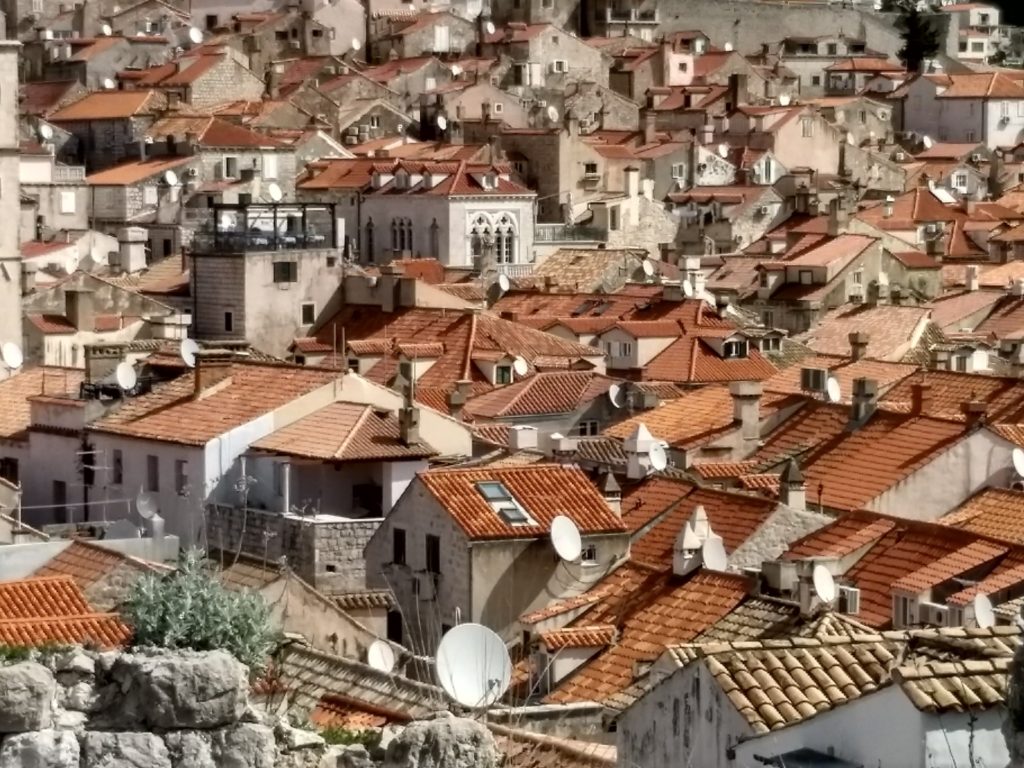
The selling of land in 1699 (Neum Corridor) came back to bite for Croatia. This land is still part of Bosnia. This means that the Dubrovnik region is cut off from the rest of Croatia. This border apparently creates massive backups during the tourist season. This was one advantage of us flying to Dubrovnik.
Dubrovnik has become a very popular tourist destination, constantly in the top list of places to visit. It is a small city with about 1,100 residents! Daily visitors to the City wall ramparts can exceed 10,000, with many thousands of others just walking the streets. The city has gone the way of Venice and other beautiful, ancient cities. Residents can no longer afford to live there, nor want to live there with the tourists. Tourism is effectively the sole commerce. In high season tourists overwhelm the place. In low season the city is deserted. Most restaurants, bars, hotels, and Airbnb renters make enough money in the season to either close down or reduce services out of season.
We visited Dubrovnik in April. This is a good time to visit the City. Most restaurants are open, but the crowds have not yet arrived. We started to see cruise ships groups, but not enough to block the streets. One disadvantage is the limited ferry services to neighboring islands. These services mainly start in May and June.

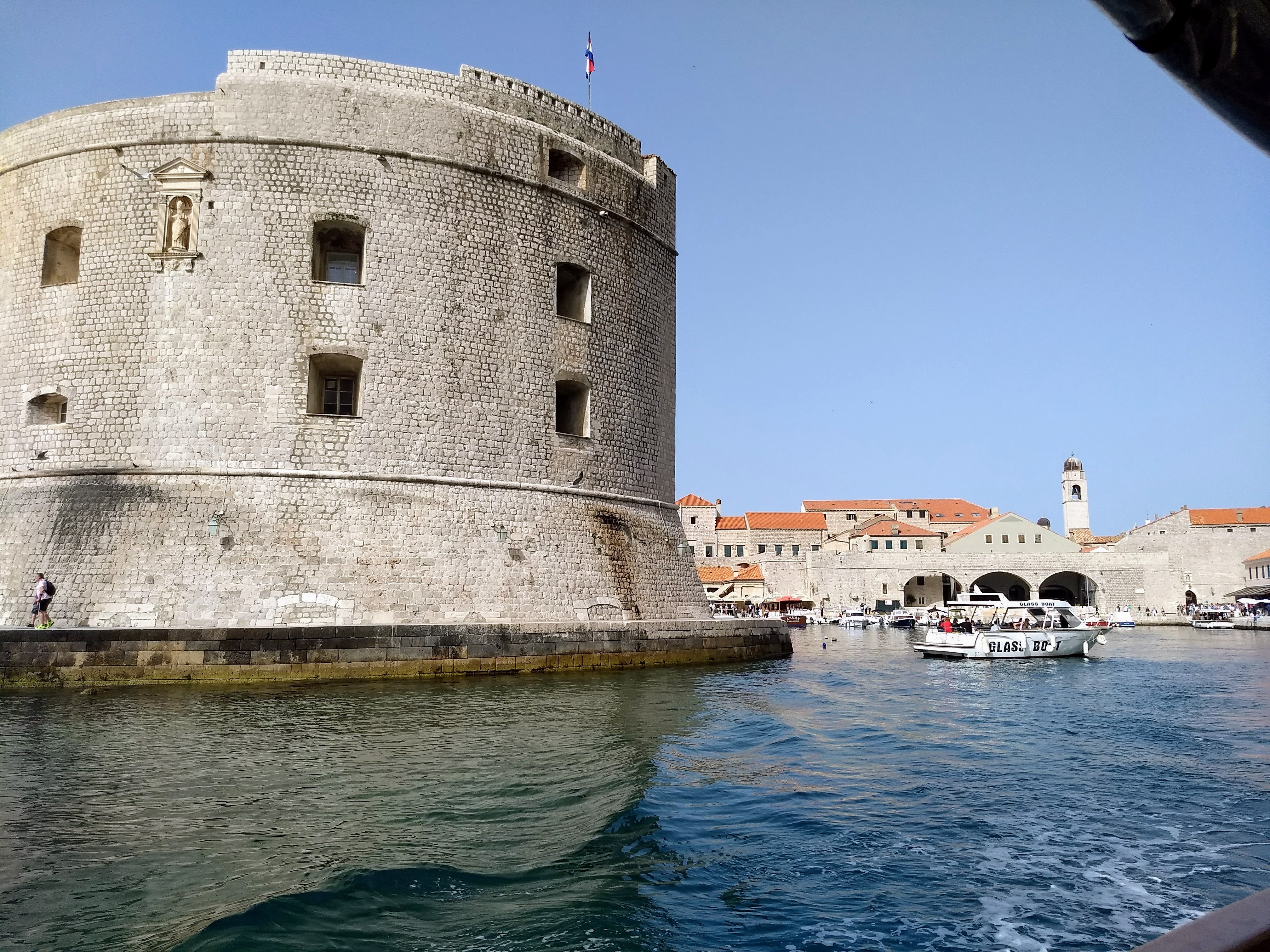
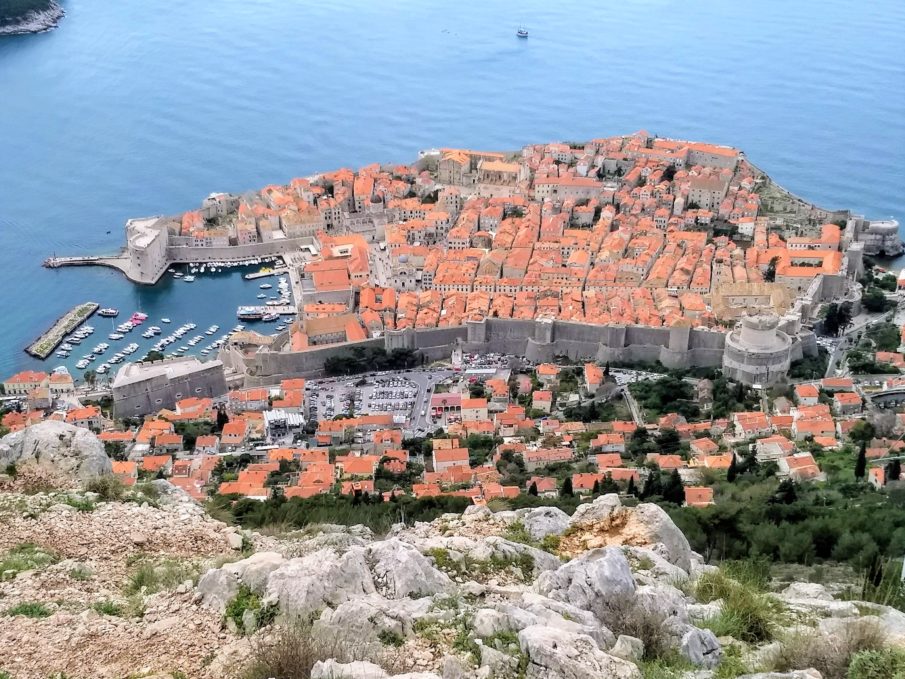
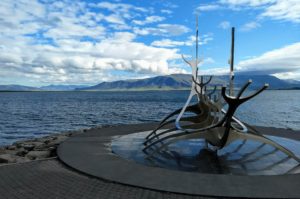

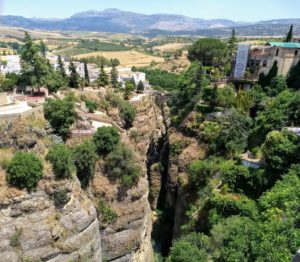
Comments
Fascinating insights thanks John – strange and worrying how some cities almost become theme parks without meaning to
Thanks Andrew. It is still worth a few days visit timed during the off season.